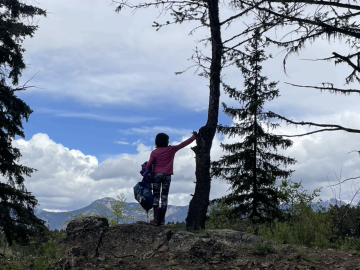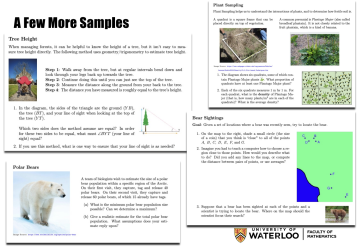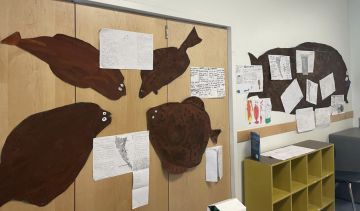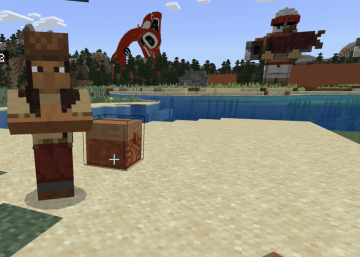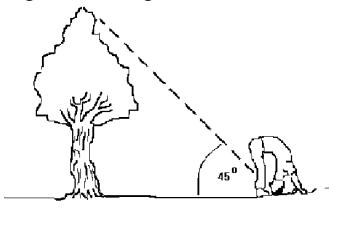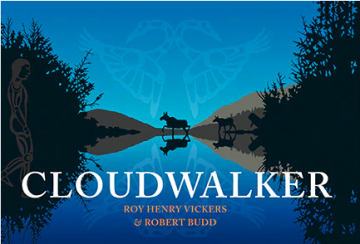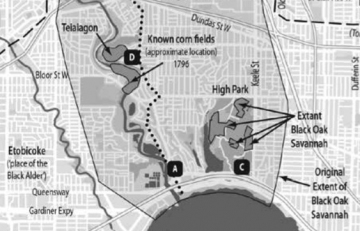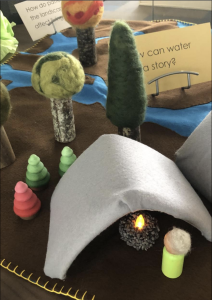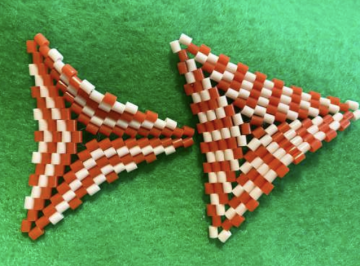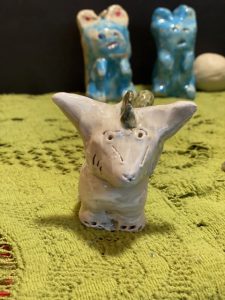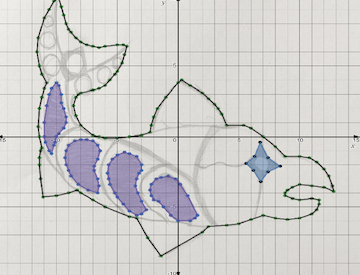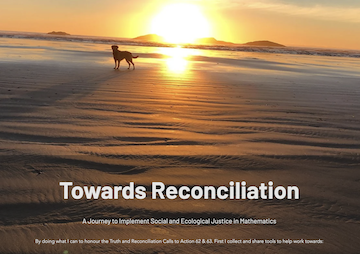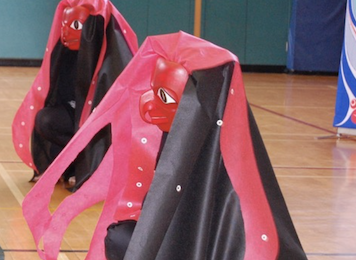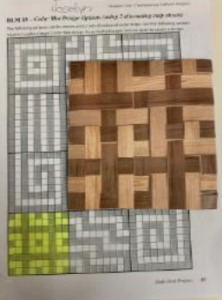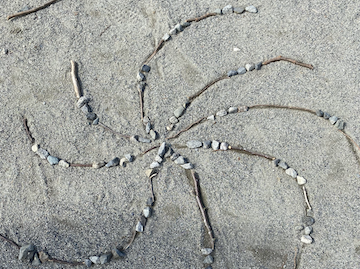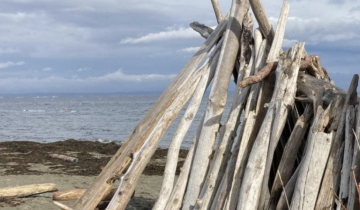Indigenous Stories for Classroom Use
This document provides a list of Indigenous stories that can be used in classrooms and will continue to be updated with new titles to support meaningful connections between Indigenous stories and mathematics.
Numeracy Pen Pal Project
Alexis, Heather, and Kristin have collaboratively developed a math-focused unit incorporating Indigenous ways of Knowing and observations of the natural world. Their project connected Alexis and Heather’s classes through a penpal format, culminating in a land-based field trip.
Circle of Learning – Indigenous Book Club
Chelcy and Monica led a project focused on the 4 R’s of Indigenous Storywork and BC math competencies. Their Circle of Learning Book Club explored Richard Wagamese’s The Animal People Choose a Leader through Zoom sessions and an in-person dinner gathering.
Mentorship in Action
Sam’s Grade 6/7 class guided Kindergarten buddies, inspired by Jen Whiffin and Joy Fast’s Outdoor Math and Indigenous Storywork principles of Reciprocity and Respect.
Indigenous Garden Project
This project merged math and Indigenous knowledge through a permaculture garden design. Students applied measurement concepts while exploring their land and culture.
Problems with a Purpose
The CEMC’s “Problems with Purpose” offers real-world math challenges, including Cree language puzzles, for grades 4-12.
Building a Community of Inquiry through Indigenous Storywork Principles
Annie Simard, Sandra Fox, along with other teachers integrated Indigenous stories into math instruction. Guided by Indigenous Storywork, they created engaging math experiences.
Indigenizing Minecraft through a Numeracy (STEAM) Lens
embark on a historical journey to a coastal village where students collaborate with Elders to learn sustainable winter preparation. Armed with this ancestral knowledge, students are tasked with designing their own thriving community
Place-Based Math Meets Indigenous Storywork
Jess Kyle’s project merged Indigenous Storywork and place-based math. By incorporating Sto:lo stories and territory story mats, students explored math through their surroundings, guided by their own curiosity.
What Is The Most Beautiful Thing You Know About Cedar Trees?
Inspired by What is the Most Beautiful Thing You Know About Horses? Students explore their environments mathematically, culminating in a story as the finished product.
Estimating Tree Heights
Nikki demonstrates how ethnomathematics connects math to culture and everyday life. By incorporating Indigenous knowledge, she enhances student engagement and understanding. An included “Estimating Tree Height” activity brings learning outdoors.
Bridging Worlds – Bringing Math to the Powwow
This lesson uses Powwow data to teach mean, median, mode, and range through circle graphs. Students explore data collection and central tendency.
Peace Dancer
This lesson blends Indigenous stories and math. By exploring “Peace Dancer” by Roy Henry Vickers, students connect with Indigenous Storywork and First Peoples’ Principles of Learning while learning about properties of objects and shapes, equations and transformations.
Cloudwalker
This lesson blends Indigenous stories and math. By exploring “Cloudwalker” by Richard Van Camp students connect with Indigenous Storywork and First Peoples’ Principles of Learning while learning about patterns, and number concepts.
Opening the Basket Stó:lō Sitel Curriculum
This presentation showcases how three educators integrated Surrey Schools’ Opening the Basket Sto:lo Sitel curriculum into grades 1-4 math. Through hands-on activities like measuring fish and creating maps, students explored math concepts while learning about Indigenous culture. Indigenous Storywork guided the entire process.
Beadwork + Mathwork
Allison Gardner’s resource integrates beading into grades 4-8 math through a First Peoples Principles of Learning lens. Using the Medicine Wheel as a starting point, students explore math concepts while learning about beadwork. The resource includes detailed lesson plans and references to relevant texts.
Supernatural Wasco and Proportion
Leighann Rodger’s seven-session lessons blend Haida Supernatural Beings with math. Students explore fractions and proportions by creating models of the supernatural being Wasco.
Desmos Art Project
This math lab uses Desmos to reinforce linear patterns, tables, and graphing. Students recreate art inspired by Kiki DesJarlais. A step-by-step guide and self-assessment are included.
Mathematics and Journeys Toward Reconciliation
This website was created by Sta’os’ta’on (Carol Bob) to share educational resources for K-12 educators to help implement the Truth and Reconciliations Calls to Action 62 and 63.
Using Seasonal Rounds to Teach Mathematics
Discover how seasonal rounds can transform early math learning. Jessica Naziel shares practical strategies for teaching number sense, fractions, and measurement through nature-based activities.
The Paper Drum Project
Megan Hanna’s Paper Drum Project merges math and culture, as students explore geometry and measurement while learning about Indigenous drumming traditions.
Non-linear Storytelling through Rotational Symmetry
Janelle Findlay’s lesson explores rotational symmetry through the lens of Coast Salish artist Susan Point’s storm sewer cover design. Students create their own symmetrical art while considering the storytelling potential of their designs.

